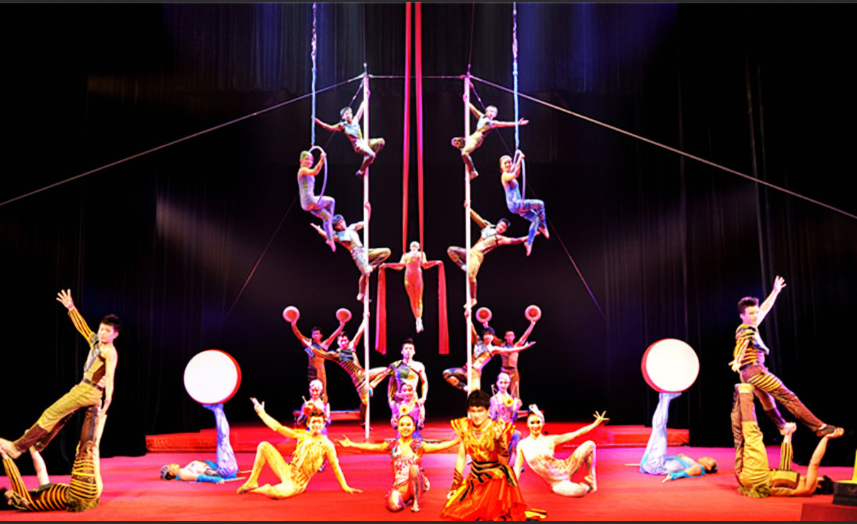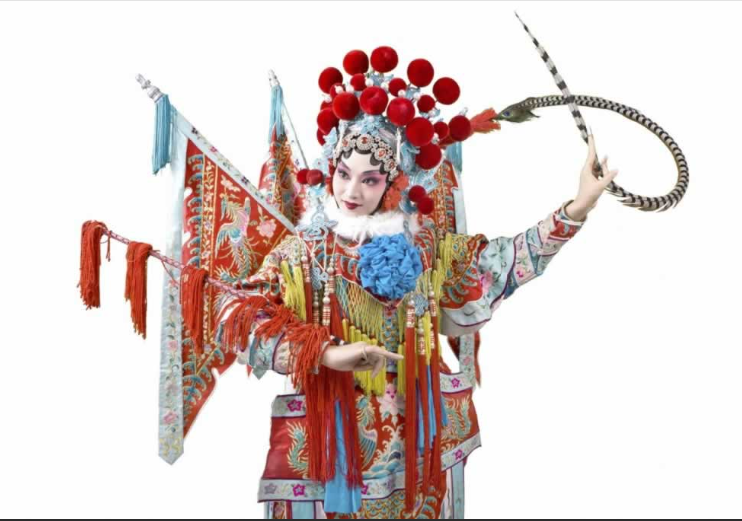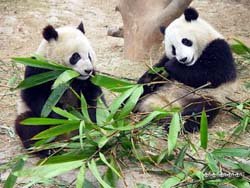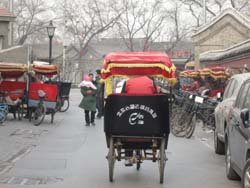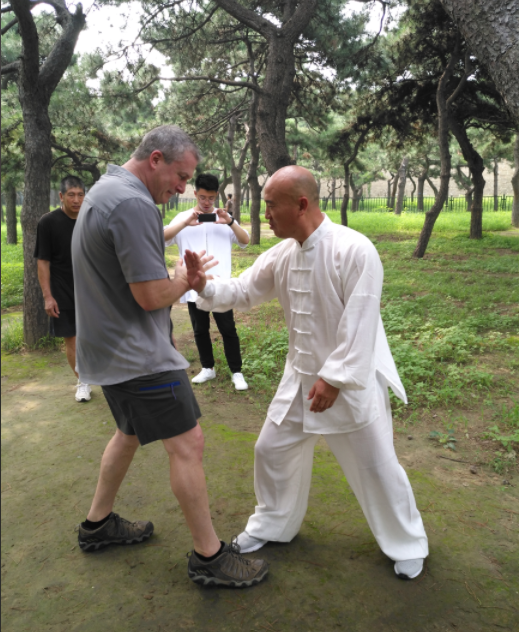Lama Temple(Yonghe Temple)
 History:
History:
The Lama Temple also called Yonghe Temple, it is a Tibetan style Buddhism temple in Beijing city, it may give you a touch of Tibetan culture, the temple situated in the heart location of Beijing city, the temple was built in 1694, as the residence of Prince Yong of the Qing Dynasty(1644-1911), the Prince later became Emperor and moved to the Forbidden City in 1723.
According to tradition, his residence was converted to a temple and was renamed Yonghe temple, after Emperor’s name Yongzheng. Green roof tiles in the compound were replaced with yellow ones. The renovation and conversion lasted around 20 years, until 1744, the first Tibetan monk could move in.
Layout of the Lama temple:
The Lama Temple (Yonghe Lamasery) covers an area of 66,000 square meters, with a combination of mainstream Han and ethnic Tibetan Buddhist architectural styles. There are 1,000 rooms altogether. Five main buildings lying on the north-south axis in the temple that are the main attractions-the Gate of Harmony, the Hall of Harmony, the Hall of Eternal Blessing, the Hall of the Law Wheel, and Wanfuge (Ten Thousand Happiness Pavilion).
In the last and the largest hall among the Wanfuge(Ten Thousand Happiness Pavilion), a huge standing statue of Maitreya, Buddha of the future stands in the middle. It is carved out of a single trunk of white sandalwood tree, presented by the Seventh Dalai Lama. It is 26 meters high, 18 meters above the ground and 8 meters under the ground and 8 meters in diameter. The Guinness Book of World Records records the Maitreya as the tallest, and biggest in the world today.
Special views in the Lama Temple
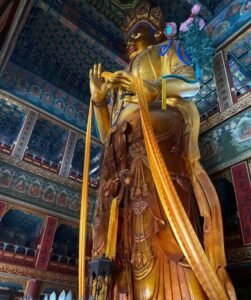
Largest Buddha statue
As a royal temple, the most amazing thing about Lama Temple is the exquisite carving of Buddha statues, which is known as the “three wonders” of Lama Temple. Among them, the white sandalwood Maitreya Buddha is the best of the “three wonders”. The other two are the golden nanmu carved niche where Qianlong’s mother worshipped Buddha, the five hundred arhats cast in hardware, and the Arhat Mountain carved from precious red sandalwood.
Material of the Buddha statue
The white sandalwood Maitreya Buddha is located in the Wanfu Pavilion of Lama Temple. This pavilion was built during the Qianlong period of the Qing Dynasty. The Buddha was designed, supervised, carved, and directed by the abbot of Han Temple in Alukeerqin Banner, Chifeng City, Inner Mongolia Autonomous Region.
The main part of the Maitreya Buddha is carved from a complete white sandalwood, and the arms and the hanging ribbons are made of other woods. This complete white sandalwood is 26 meters high, 8 meters of which are buried underground, and the above-ground part is 18 meters. The entire Buddha statue stands majestically on the Sumeru throne carved from white marble, and the Buddha’s head directly touches the caisson on the top floor.
Guinness World Records
The Buddha statue is meticulously carved and spectacular. The Maitreya Buddha of Lama Temple was included in the Guinness World Records in August 1990, becoming the world’s largest Buddha statue, carved from a single piece of wood.
Sumerru

History
The Sumeru( Xumi Mountain) is composed of a bronze mountain body and a white marble base. The mountain body is 1.5 meters high and the total height is 2.76 meters. It was worshiped by Feng Bao, the eunuch who held the seal during the Wanli period(1573-1620) of the Ming Dynasty. It has a history of about 400 years.
Sumeru(Xumi), a transliteration of Sanskrit, means “wonderful high”, also known as “Yugang Mountain”. Buddhism believes that Sumeru( Xumi Mountain) is located in the center of the world and is composed of four treasures: gold, silver, glass and crystal, so it is called “wonderful”, and it is the highest among all mountains. There are seven fragrant seas and seven golden mountains around it, and there is a salt sea outside the seventh golden mountain. The salt sea is surrounded by the four major continents of Dongshengshenzhou, Nanshanbuzhou, Xiniuhezhou and Beijuluzhou, and is surrounded by the Iron Surrounding Mountain.
Structure
The Sumeru( Xumi Mountain) of the Lama Temple has a rigorous shape, and on it is a double-eaved pavilion-style palace, called Sudarsana(Shanjian City), where the lord of the thirty-three heavens, one of the heavens in the desire realm, Indra, lives. Between the layers of mountains, there are layers of palaces arranged in the east, west, south and north, in a stepped manner, which is also a symbol of the four major continents. It is surrounded by nine mountains and eight seas. There are seven layers of mountains below. On one side of the top of the mountain, there is a word “Si Li Jian’s seal-holding eunuch Feng Bao Shi Gong” engraved in random fonts.
Under Mount Xumi, a stone trough in the shape of an eight-petal lotus is filled with clear water, symbolizing the Aral Sea. The bottom of the stone trough is waist-shaped, and the mountain is composed of two pieces of white marble. It is divided into two layers, upper and lower, with 16 Vajrapani reliefs on each layer.
Today:
Now, the Lama Temple become a popular attraction for both Chinese and foreigners, some of them come here to experience the Tibetan style Buddhism culture, some of them for praying to get blessing by offering incense stick.
Tips for visiting the Lamatemple:
Location:
The Lama Temple is located in Dongcheng District of Beijng city, just inside the Second Ring Road. It’s address is: 12 Yonghegong Dajie, Beixinqiao, Dongcheng District, Beijing. The Lama Temple located about five kilometers north of the Forbidden City, about an hour’s walk away, or 20 minutes driving in the heaven traffic.
Public Transport:
Lines 2 and 5 of the Beijing Subway both station at Yonghegong Lama Temple station, also many number of public buses.
Tickets:
Tickets to the temple cost CNY25($US3.5) for full price, CNY12 for half price. Entry is free for children who are less than 1.2 meters tall.
Tickets Hours:
From April until October, the Temple is open daily from 9 am to 4:30 pm. From November until March, the temple is open daily from 9 am to 4:00 pm.
More Special in Beijing
Beijing Tour Services
 History:
History:

